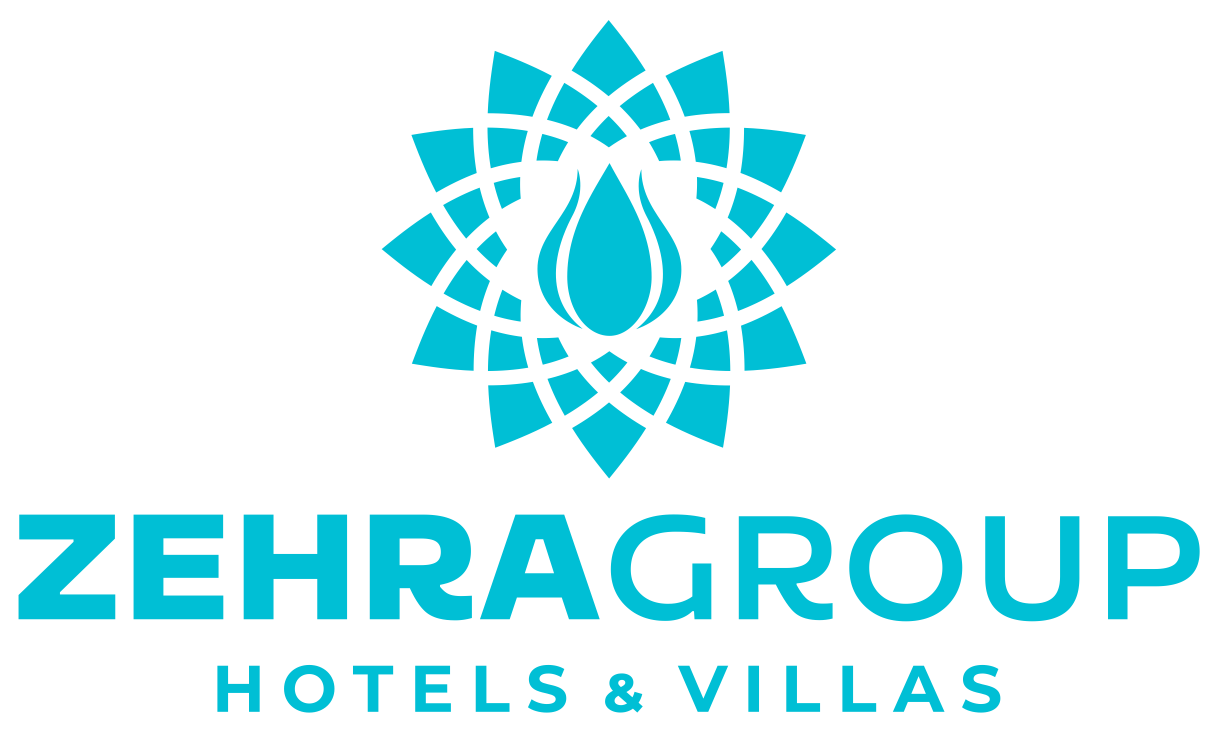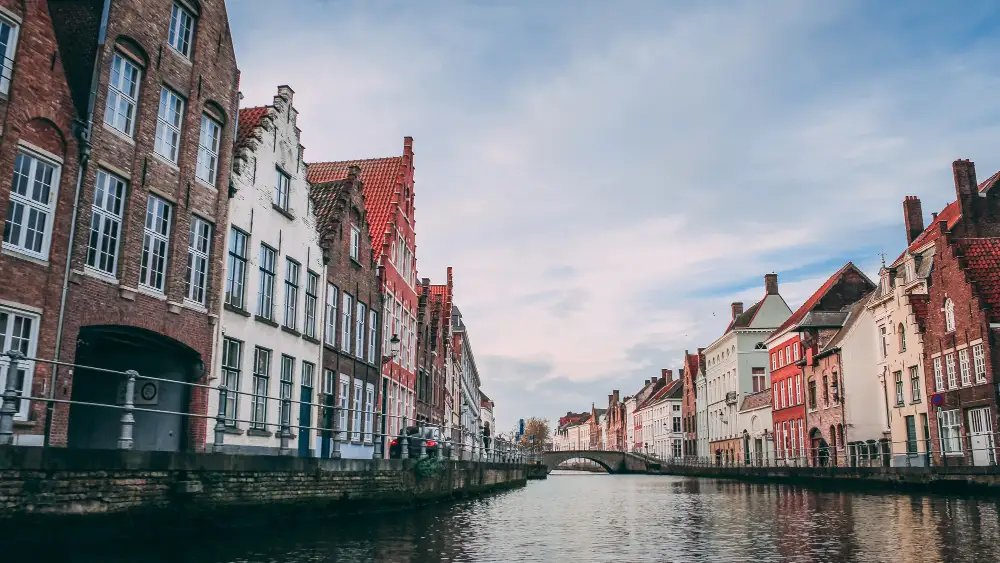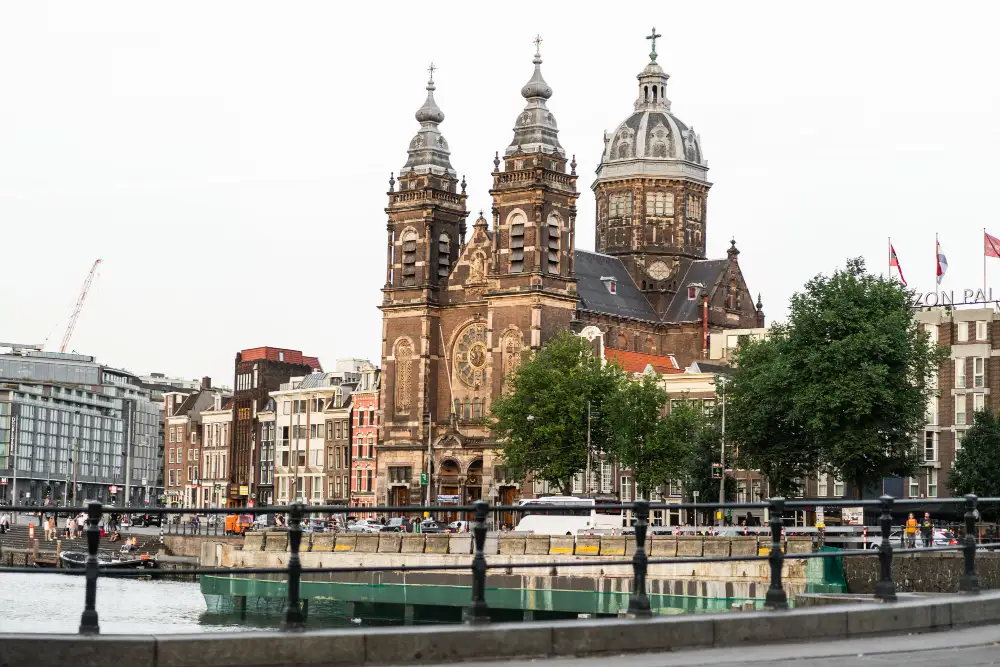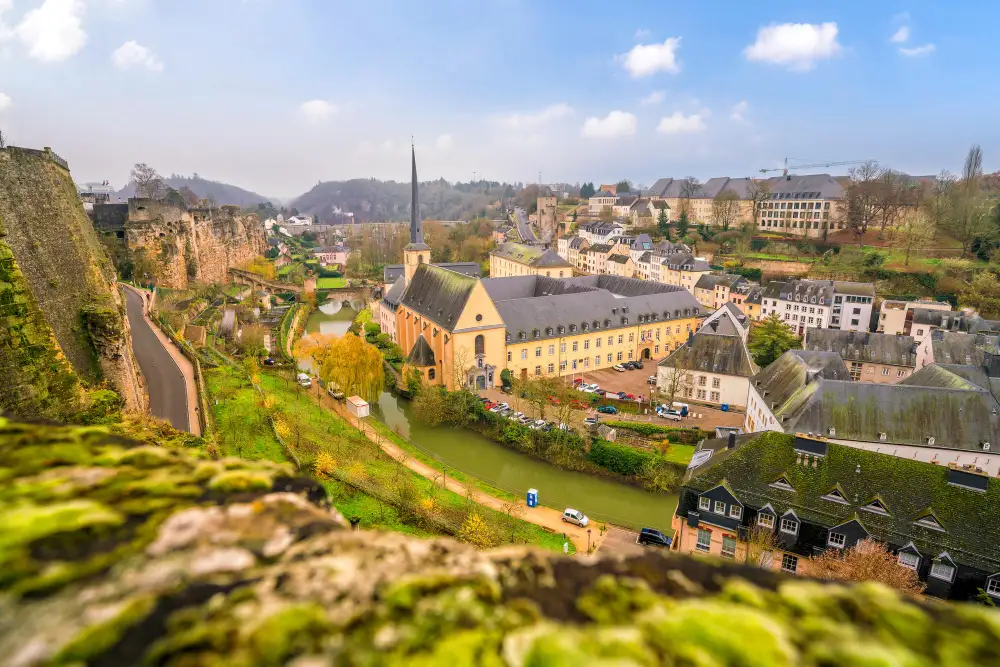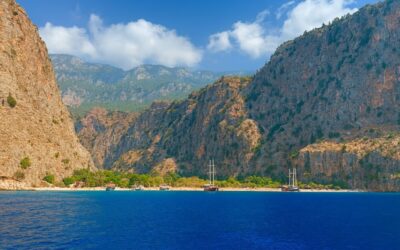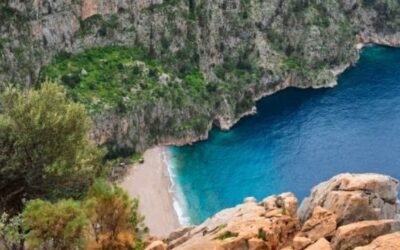The Benelux countries, in the simplest terms, refer to an economic union comprising three nations: Belgium, the Netherlands, and Luxembourg. As part of the European Union, the Benelux Union is a pioneering organization that promotes economic cooperation and integration. The close relations and collaboration among Belgium, the Netherlands, and Luxembourg were officially established in 1944 under the name Benelux Economic Union. Benelux not only served as a forerunner to the European Union but also plays an important role within the EU today. The economic strength of these three countries and their coordinated actions support regional economic integration and contribute to the overall objectives of the European Union.
The union formed by Belgium, the Netherlands, and Luxembourg is known as a small yet powerful alliance in Europe. Thanks to their historical and cultural ties, as well as their shared economic interests, these three countries act together within the Benelux Economic Union and hold an influential position in Europe’s economic and political landscape.
What Are the Benelux Countries?
| Country | Capital | Population | Area |
| Belgium | Brussels | 11.069.000 | 30.688 km² |
| Netherlands | Amsterdam | 17.700.000 | 41.850 km² |
| Luxembourg | Luxembourg | 653.103 | 2.586 km² |
How and When Was the Benelux Formed?
The Benelux countries represent a structured organization formed by Belgium, the Netherlands, and Luxembourg. Aiming to ensure the free movement of goods, services, and people among these three nations, Benelux was officially established through an agreement signed in The Hague on February 3, 1958, after the removal of internal borders between them.
However, the origins of Benelux date back to 1944, when Belgium, the Netherlands, and Luxembourg signed an agreement to enhance economic cooperation. This early agreement aimed to eliminate borders between the countries to enable the free movement of goods, services, and people, thereby laying the foundation for what would become the Benelux Union.
This process further strengthened the economic and political cooperation among the Benelux countries, helping shape their shared future and playing a crucial role in the formation of the European Union. Today, Benelux symbolizes the collaboration and solidarity of three key countries that hold a strong position within the European Union.
Belgium
Belgium is known as an old and mystical country in Western Europe. Due to its small size, cycling is a common means of transportation. The capital, Brussels, is famous for its colorful, lively, and sometimes snowy streets, and is filled with tourist attractions such as the Grand Place and the stunning white Atomium. Belgium captivates its visitors with its rich history and cultural heritage.
While Belgium’s small size is often mentioned, every corner of the country holds a unique story and charm. The country is known for its distinctive architecture, world-famous chocolates, and a wide variety of unique beers. Its historical heritage continues to attract great interest from people around the world.
Belgium holds an important role not only as a tourist destination but also in international relations. Brussels, being the center of the European Union, is one of the most significant hubs for global diplomacy. Stretching from the depths of history to the present day, Belgium continues to be a country that offers every visitor unforgettable memories.
Netherlands
The Netherlands is often referred to as the “water country” of Europe, nourished by major rivers and situated within a vast delta. The Dutch live in close connection with water, and it is a well-known fact that one-quarter of the country lies below sea level. Due to its geography, with low-lying lands and water-covered areas, water management is a vital issue in the Netherlands. Through an extensive system of canals, dikes, and pumps, the Dutch successfully prevent flooding and protect their agricultural lands. The capital, Amsterdam, is one of the most famous cities in the world for its canals. These waterways have given the city a highly developed water transportation system, making it unique and functional. Today, the Dutch continue to live in harmony with water and possess world-renowned expertise and experience in water management.
Luxembourg
Luxembourg is the country with the highest GDP per capita in the world and, despite being a small state, holds a significant position globally. Due to its diverse population, the country is rich in cultural and linguistic diversity. Luxembourg is also known for being a nation that grants equal economic rights to both women and men.
Economically strong, Luxembourg is considered one of the wealthiest countries in Europe. Its wealth is reflected in a powerful economy spanning various sectors and in its high standard of living. In addition, as an international financial hub, Luxembourg is a preferred location for many global companies.
People living in Luxembourg enjoy a high quality of life and benefit from policies that promote equality. The fact that women have the same rights as men is a strong indicator of gender equality in the society. With these characteristics, Luxembourg is recognized as a model country on a global scale.
